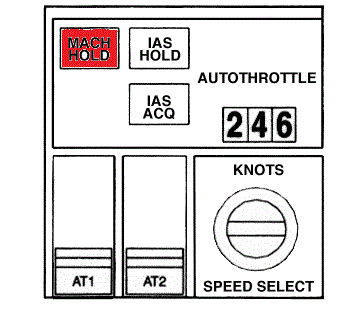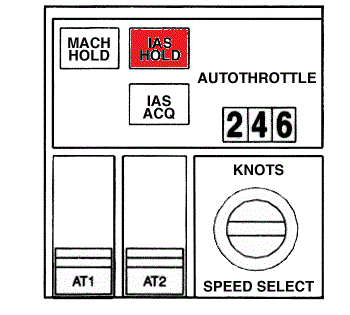Explore the world of Concorde with Heritage Concorde
Concorde Autothrottles
Concorde’s slender delta wing, which can produce lift at such surprisingly high angle of attack, has a concomitant penalty. High drag at low speeds, so most so that when Concorde is on approach, it is flying on what pilots call ‘the back side of the drag curve’. This shouldn’t sound alarming for a few reasons; Concorde’s wing is still lifting strongly and will continue to do this far below her approach speeds. Add to this Concorde is only using half her available thrust. But if there are any disturbances to Concorde’s air speed, it will require a quick response from the engines. With this in mind she was designed from the very start with automatic throttles. These can be used throughout the whole flight except on take-off. Even when they are not in use they can be primed by the pilots, this means that they can come into action when Concorde levels out at a preselected altitude. The pilots prime them during the supersonic cruise at Mach 2, by doing so they are ready to take off power due to a sudden temperature change causes a rise in Mach number above 2.04. Their role is very important during all approaches whether these are flown manually of automatically
How it works
Concorde’s autothrottles use longitudinal accelerometers to detect any changes in the aircrafts momentum. This allows them to see any changes in her airspeed almost before they happen, and therefore consequently movements of the throttles, although fast, are much smaller than one might expect, this means the control of speed is satisfyingly tight.
The AFCS Autothrottle system task is to provide electronic thrust control for Concorde’s 4 engines; this is to ensure that certain speeds can be held during the cruise and approach. AFCS can switch an engine to 3 control modes:
Main
Alternate
OFF
There is also a facility to provide the ability to disconnect the autothrottle for one engine at a time. (This would only happen during abnormal operations). As the throttles are not mechanically, but electrically connected, a main and standby channel are both engaged, with the main channel being given priority. If the Autothrottle system has detected a fault it will automatically disengage and hold a constant throttle setting. The autothrottles can also be “primed” to come into operation when a certain parameter is met such as the aircraft is required to level out at a certain height during the cruise. The primary control of the autothrottle system’s settings is through the controls available on the left-hand quarter of the panel and a datum adjust unit on the centre pedestal.

Autothrottle system

Autothrottle system
The three AFCS Autothrottle modes
MACH HOLD

MACH HOLD; This will ensure that the engines will be automatically throttled, which will maintain the current Mach number being followed when this mode was selected. This is used during cruise, as it will maintain the correct Mach number no matter what the outside conditions are, that could affect the Mach number.
IAS HOLD (Indicated Air Speed)

IAS HOLD; The throttles will select this mode first; they will hold the Indicated Air Speed (IAS) which the aircraft was flying at the time they were engaged
IAS ACQ

IAS ACQ; This mode allows Concorde to fly at or acquire a set air speed. In other words while on approach Concorde could be flying at 250 knots, with the next speed required being 210 knots. This could dialled in by the pilots and when requested to fly at 210 knots by ATC. When 210 knots is achieved, the mode will revert to IAS HOLD. The dual systems are selected on by the piano switches, only one is used, with the other acts as a back-up. Disconnects are also available on the outside of the main throttle leavers. On the datum adjust unit, on the centre pedestal, the speed can be tweaked if required